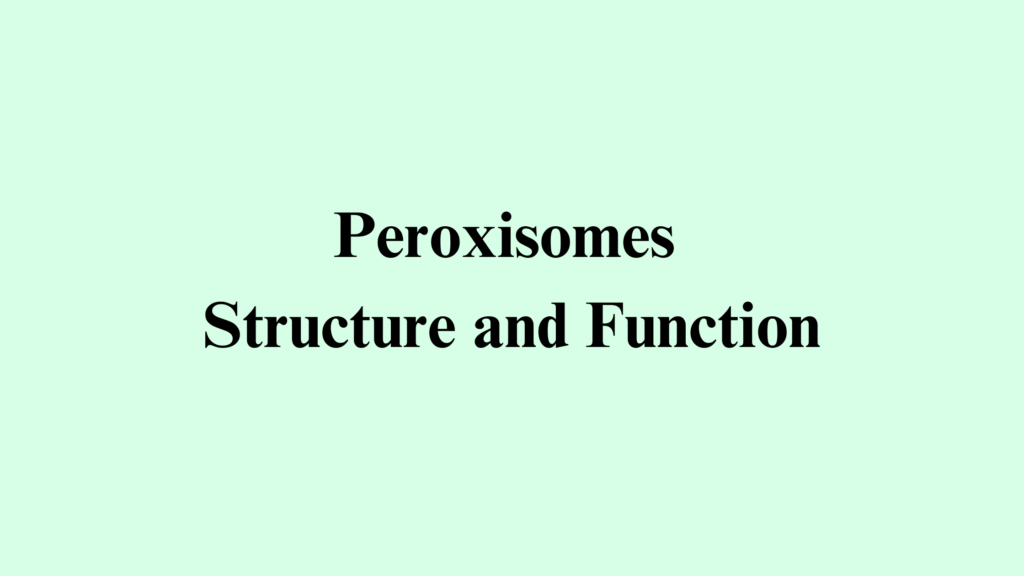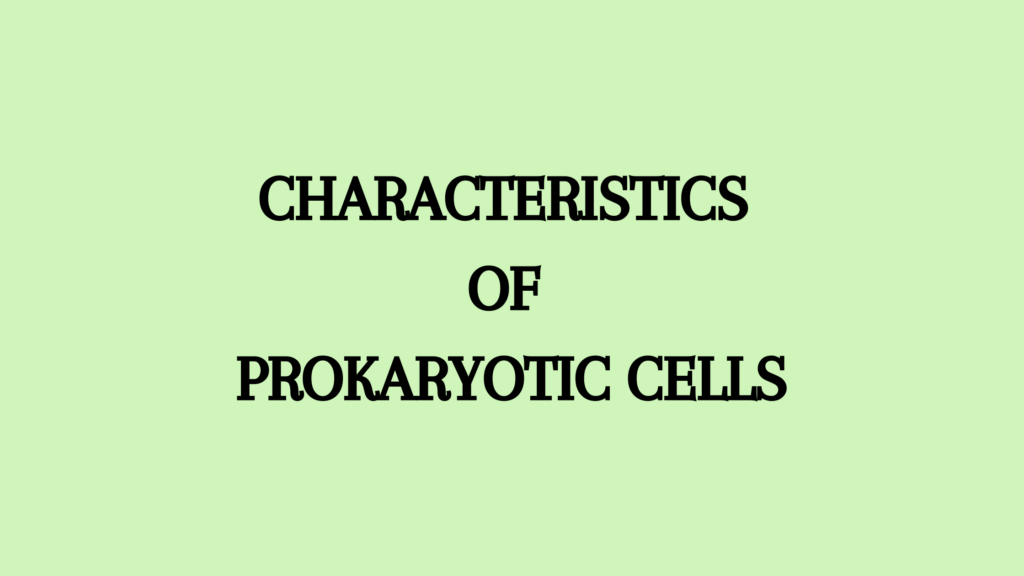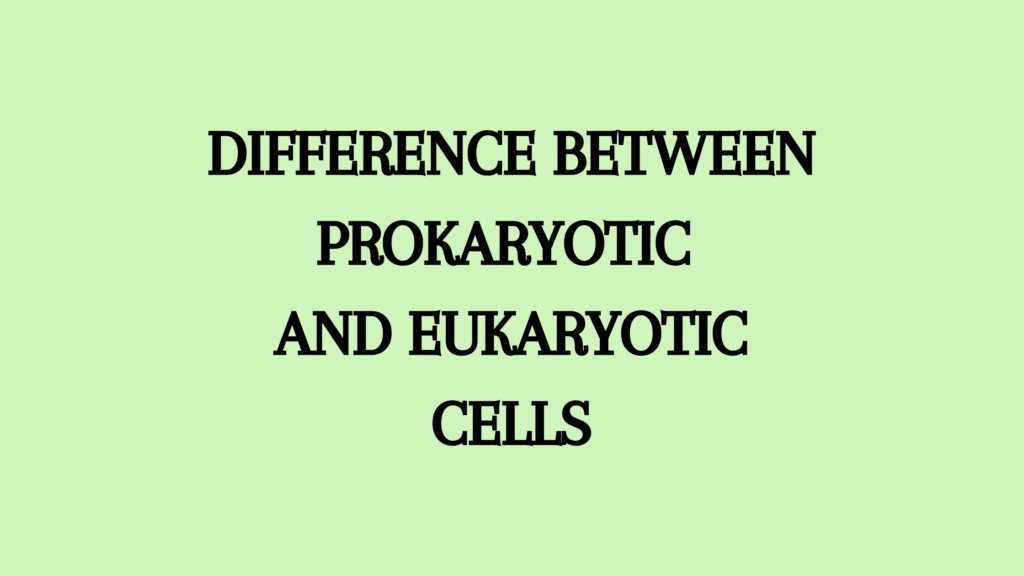Peroxisomes are small, membrane-bound free-floating cell organelles having oxidative enzymes for different metabolic reactions of energy metabolism. Here we will see more about peroxisomes structure and function.
They are an integral part of both plant and animal cells. Even though they are free-floating, they are found close to the endoplasmic reticulum, chloroplast and mitochondria.
Peroxisomes occur in many animal cells and a wide range of plants. They are present in all p.sc cells of higher plants in etiolated leaf tissue in Coleoptiles, hypocotyls, tobacco stem and callus, ripening pear fruits, as well as in Euglenophyta, protozoa, brown algae, fungi, liverworts, mosses, ferns etc.
Peroxisomes are generated from the endoplasmic reticulum. However, the exact method of its biogenesis is still unknown. These cells divide by fission and their division is sometimes in response to salinity, light, and cadmium treatment.
Structure of Peroxisomes
- They are variable in size and shape but usually appear circular in cross-section, having a diameter of 0.2 and 1.5 mu.
- They have a single limiting membrane of lipid and protein molecules enclosing their granular matrix.
- Peroxisomes contain catalase enzymes along with one or more enzymes which produce hydrogen peroxide.
- Peroxisomes of leaves contain catalase together with enzymes of the glyoxylate pathway as glycolate oxidase, glutamate glyoxylate, serine glyoxylate, hydroxy pyruvate reductase and malic dehydrogenase.
- They resemble mitochondria in one aspect as they use oxygen molecules.
In some cells, the matrix contains numerous threads/fibrils, while in others it is observed to contain either an amorphous nucleoid or a dense inner core which in many species shows a regular crystalloid structure. Little is known about the function of the core, except that it is the site of the enzyme urate oxidase in rat liver peroxisomes and much of the catalase in some plants.
Functions of Peroxisomes
Peroxisomes have the following functions.
- In plants, they are involved in the synthesis of glycine and serine.
- Peroxisomal enzymes assist in photorespiration to improve photosynthetic efficiency.
- The β-oxidation of fat molecules occurs inside peroxisomes.
- In addition, peroxisomal enzymes β-oxidize the precursors of the hormones such as auxin, salicylic acid, and jasmonic acid (JA).
- They protect cellular organelles from the toxic effects of hydrogen peroxide.
- Peroxisomes are a site of cholesterol and dolichol synthesis.
- They help convert the stored fats into carbohydrates during seed germination.
- It is the luciferase enzyme in peroxisome that is responsible for the bioluminescence of fireflies.
- Peroxisomes detoxify the reactive oxygen species (ROS) and are abundantly found in the liver and kidneys.
References
- Agarwal, P. V. |. V. (2004). Cell biology, Genetics, Molecular Biology, Evolution, and Ecology: Evolution and Ecology. S. Chand Publishing.
- Aryal, S. (2022, September 24). Peroxisomes- Definition, Structure, Functions, and Diagram. Microbe Notes. https://microbenotes.com/peroxisomes-structure-and-functions/




